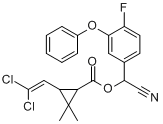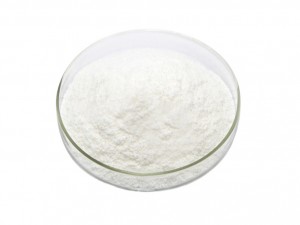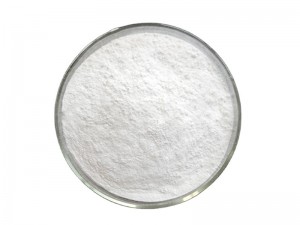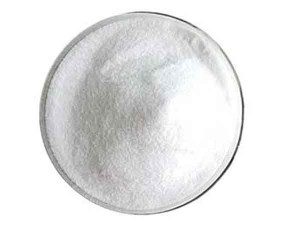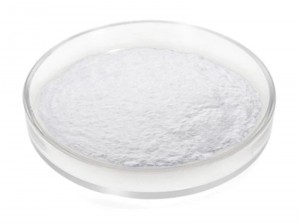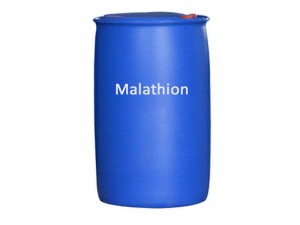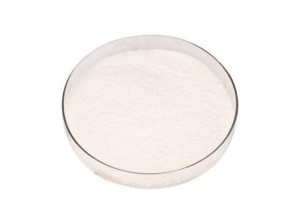Cyfluthrin
Cyfluthrin, Technical, Tech, 92% TC, Pesticide & Insecticide
Specification
Product Description
Cyfluthrin is a synthetic pyrethroid insecticide with fluorine-containing, low toxicity and a certain antimite activity. It has contact and stomach toxicity and has a long lasting effect. It is suitable for insecticide of cotton, fruit trees, vegetables, tea trees, tobacco, soybeans and other plants. Can effectively control coleopteran, hemiptera, homoptera and lepidopteran pests on cereal crops, cotton, fruit trees and vegetables, such as cotton bollworm, cotton bollworm, tobacco budworm, cotton boll weevil, alfalfa Pests such as leaf weevil, white butterfly, inchworm, apple moth, cabbage caterpillar, apple moth, American armyworm, potato beetle, aphids, corn borer, cutworm, etc., the dosage is 0.0125 ~ 0.05kg (calculated as active ingredient)/ha. At present, it has been used as a prohibited fishing drug and is prohibited from being used in aquatic animal disease prevention.
● Biochemistry:
Acts on the nervous system of insects, disturbs the function of neurons by interaction with the sodium channel.
● Mode of action:
Non-systemic insecticide with contact and stomach action. Acts on the nervous system, with rapid knockdown and long residual activity.
● Uses:
An insecticide effective against many pests, especially Lepidoptera, Coleoptera, Homoptera and Hemiptera on cereals, cotton, fruit and vegetables; also against migratory locusts and grasshoppers. For agricultural uses, applied at 15-40 g/ha. Used against Blattellidae, Culicidae and Muscidae in public health situations, stored products, domestic use and animal health. It has a rapid knockdown effect and long-lasting residual activity.
● Compatibility: Incompatible with Azocyclotin.
● Toxicity:
Cyfluthrin has low toxicity to humans and animals. The acute oral LD50 of rats is 590-1270 mg/kg; the acute percutaneous LD50 is >5000 mg/kg, and the acute inhalation LC50 is 1089 mg/m3 (1h). Mildly irritating to rabbit eyes, but not to skin. The subacute oral dose with no effect in rats is 300 mg/kg, and no teratogenic, carcinogenic and mutagenic effects have been found in animal tests. High toxicity to fish, LC50 of carp is 0.01mg/L, rainbow trout is 0.0006mg/L, goldfish is 0.0032mg/L (both 96h). The oral LD50 of birds is 250-1000mg/kg, and the oral LD50 of quail is more than 5000mg/kg. It has High toxicity to bees and silkworms, and low toxicity to birds.
● Mammalian Toxicology:
Reviews JECFA 48; FAO/WHO 50, 52 (see part 2 of Bibliography). Oral Acute oral LD50 for rats c. 500 mg/kg (in xylol), c. 900 mg/kg (PEG 400), c. 20 mg/kg (water/cremophor); for dogs >100 mg/kg. Skin and eye Acute percutaneous LD50 (24 h) for male and female rats >5000 mg/kg. Non-irritating to skin; mildly irritating to eyes (rabbits). Inhalation LC50 (4 h) for male and female rats 0.5 mg/l air (aerosol). NOEL (2 y) for rats 50, mice 200 mg/kg diet; (1 y) for dogs 160 mg/kg diet. ADI 0.02 mg/kg b.w. [1997] (JECFA evaluation); (JMPR) 0.02 mg/kg b.w. [1987]
● Ecotoxicology:
- Birds: Acute oral LD50 for bobwhite quail >2000 mg/kg.
- Fish: LC50 (96 h) for golden orfe 0.0032, rainbow trout 0.00047, bluegill sunfish 0.0015 mg/l.
- Daphnia: LC50 (48 h) 0.00016 mg/l.
- Algae: ErC50 for Scenedesmus subspicatus >10 mg/l.
- Bees: Toxic to honeybees.
- Worms: LC50 for Eisenia foetida >1000 mg/kg dry soil.
● Environmental Fate:
- Animals: Cyfluthrin was largely and very quickly eliminated; 97% of the administered amount was eliminated after 48 h via the urine and the faeces.
- Plants: Since Cyfluthrin is not systemic, it does not penetrate into the plant tissues and does not translocate into other parts of the plant.
- Soil/Environment: Degradation in different soils is rapid. The leaching behavior can be classified as immobile. The metabolites of Cyfluthrin are subject to further microbial degradation to the point of mineralisation to CO2.
● Formulation Types:
AE, EC, EO, ES, EW, GR, UL, WP
● Packing:
200L/Drum, 25Kg/Drum



